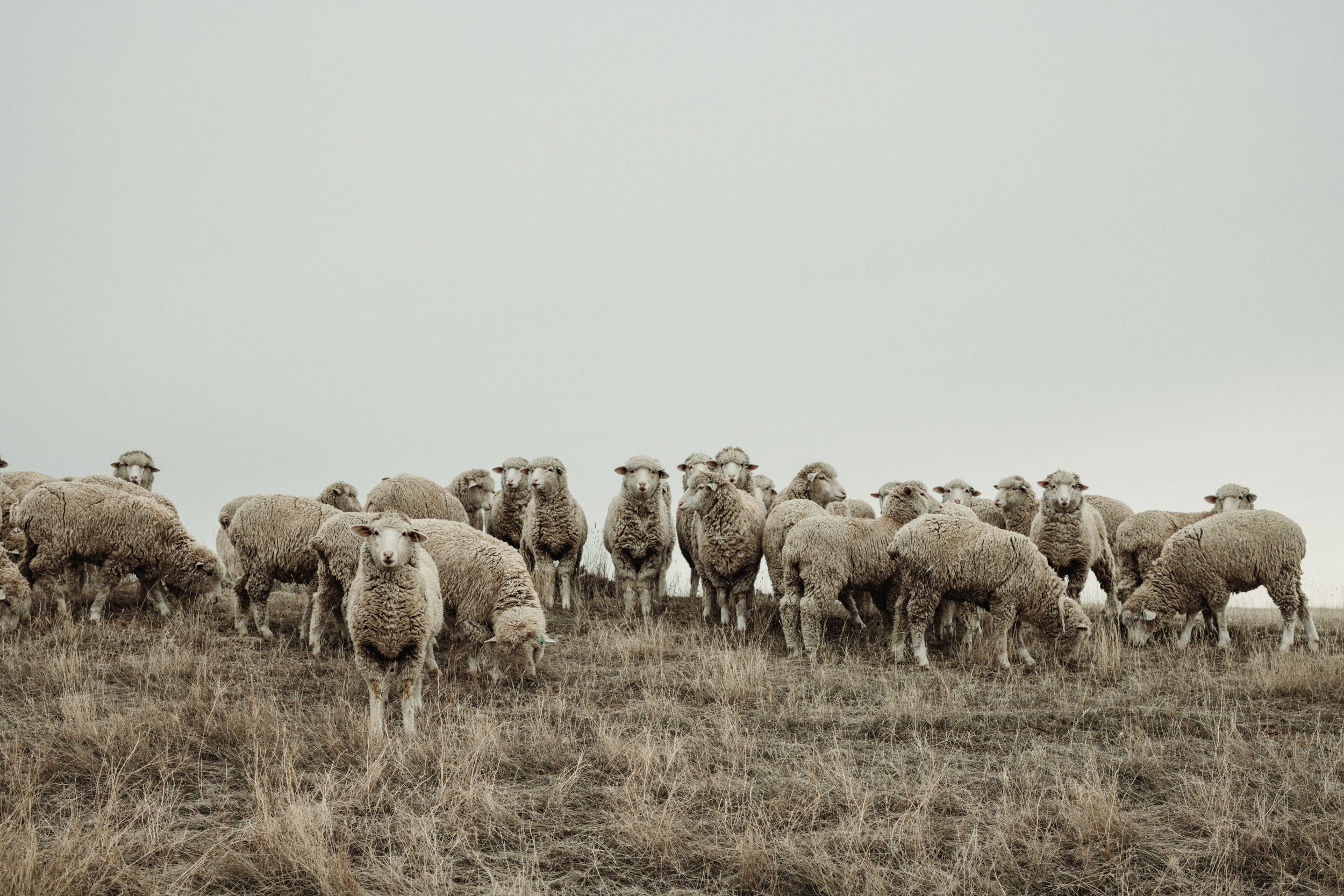Sustainability and Environmental Impact
WeatherWool is happy to provide some information about the environmental impacts and sustainability of the wool and wool garment industry.
I'm just getting started on this page ... I suppose it could get pretty long.
I'm very surprised that people who don't seem at all aware that woolen clothing outperforms the alternatives are lately becoming attracted to wool due to environmental concerns, and without regard to how well wool performs! There are investors considering large positions in wool because they want to support an industry that is great for the soil and Natural cycles. While I do love this development, it is also astonishing to me, given my belief that wool makes the best clothing in the first place!
Here are some points, rough-draft style. I will do better as time allows.
- Wool itself, of course, is completely biodegradable. There are mountains of synthetic garments in landfills and even polluting our beaches and waterways. The synthetics will slowly disintegrate into smaller and smaller pieces, but they won't decompose, and the tiny bits of polyester and the like are infiltrating everything ... our food supply and even our own bodies
- Disposal of old synthetic garments was contrasted to wool in a lead story in APPAREL INSIDER about burning synthetic clothing for fuel:
LONDON – A joint investigation by the Daily Mail and Unearthed, Greenpeace’s journalism arm, has discovered that garment waste from major high street fashion brands is being incinerated in Cambodia to fuel brick kilns. It was found that warehouses are burning used clothing for fuel as it is cheaper than wood. Garment waste from Nike, Reebok, H&M, Michael Kors, Diesel, Next, River Island and Ralph Lauren were found among the mountain of offcuts awaiting incineration.
This paragraph from Apparel Insider is reproduced with THANKS!!
- Synthetic fabrics -- petrochemically-derived fabrics -- start out in oil wells and factories
- Preparation of synthetic garments -- dyeing processes, mostly -- involves an enormous amount of water which, in some places, creates terrible pollution
- Grazing sheep can be and should be fantastic for the soil. In many ways, sheep are very similar to the bison that once roamed North America's plains. The bodily wastes of the sheep nourish the soil much as the soil nourishes the plants upon which the sheep feed. Advisor Andy McMurry, an extremely dedicated sheep rancher, devotes a great deal of attention to the way sheep can nourish and regenerate farmland.
- It turns out sheep are a great addition to solar farms. They happily graze among the panels. Unlike goats, sheep don't climb atop the solar panels
- More and more, sheep are being used for landscape maintenance
- Because woolens are so versatile, one woolen jacket can replace several synthetics. Our customers have made this observation to us many times
- Woolens don't require washing very often. People can buy fewer garments and will not feel the need to launder them nearly as frequently as synthetics. More and more travelers are noting that packing woolens instead of synthetics enables them to travel much lighter
- The award for Best Fashion Documentary of the Year was won by WHY WOOL MATTERS, a 20-minute film from The Campaign For Wool, a British-led effort to promote woolen clothing. The film focused on the environmental friendliness of woolens and did not even consider the performance of woolen clothing!
21 September 2022 --- Ralph

